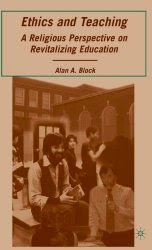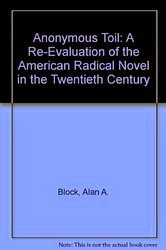Mary Travers

The first song I ever played on a juke box–I am old enough not to remember if I put in a nickel or a dime–was ‘ This Train,’ a song from Peter Paul and Mary’s first album. --That was in about 1962, but I am also old enough not to remember exactly what year that was–and I imagine I must have been about fifteen. I had earlier spent some time worrying about the tragic fate of Tom Dooley, and had even anguished over the horrible lot of a man named Charlie who for lack of an extra nickel for the fare increase couldn’t get off of the train on an increasingly expensive Boston subway. But in their music and by their presence Peter Paul and Mary helped open my consciousness to the responsibilities of social activism and social justice. The first album I had ever purchased was Peter Paul and Mary’s first album. Their work I had to have readily accessible. It was on that piece of vinyl that many of us heard for the first time the anthemic songs “If I had a Hammer” and “Where have all the Flowers Gone.” In that era of bubble gum music, of “Yummy yummy yummy I’ve got love in my tummy,” Peter Paul and Mary stood on the cover of that album against a red brick wall that I knew to be in my beloved Greenwich Village, and sang of Sorrow and Justice, and repairing the world if we only had our way. And so what else would I play in public but what I understood as songs of social import. They drew me and many others like me into the cause, and I would spend my nickels and dimes and energies prosletyzing and marching and singing the songs. Peter, Paul and Mary allowed me to listen in the company of my parents to Bob Dylan’s notice that it was their responsibility to get out of our way because they didn’t understand us, even as Peter’s song, “Day is Done,” comforted us that our parents could join with us in the struggle. I learned from Peter Paul and Mary more about metaphor than I did from Ms. Bueschel, my ninth grade English teacher. When they sang the traditional folk ballad, ‘The Cruel War,” we knew what war they were talking about; when they sang the Weavers’ spirited folk song, ‘Wasn’t that a Time” we knew to which Revolution they were referring. Even poor Puff the Magic Dragon along with Dylan’s Quinn the Eskimo and The Association’s “Along Comes Mary” was dragged in unwittingly and unwillingly as an element in the secret code of our burgeoning drug culture,.” Oh, yes, Peter Paul and Mary taught me about the struggle and stayed with me through it. There was no turning back. Indeed, it was an attempt to teach to the fifth graders for the Winter Sing at my daughter’s elementary school, Peter Yarrow’s song “Light One Candle” that led us to successful battle with the music teacher and the building principals and district superintendent before each acceded to our requests to offer historical and Jewish context to the song. And, indeed, when we had our way, the fifth graders did sing beautifully that night about the Maccabean battle.>br>
And then it was not several years ago that we went with our children to hear Peter Paul and Mary at Northrup Auditorium. They remembered to us that many of us who had listened to them in the beginning had now brought our children to listen with them to them again. Some of us were even older. And Peter remembered to all of us the prayer, “We Shall Overcome” and we–we and our children--sang together.
I rarely listen now to PP&M, and I am not sure why this might be. But I will sorely miss the presence of Mary Travers.












